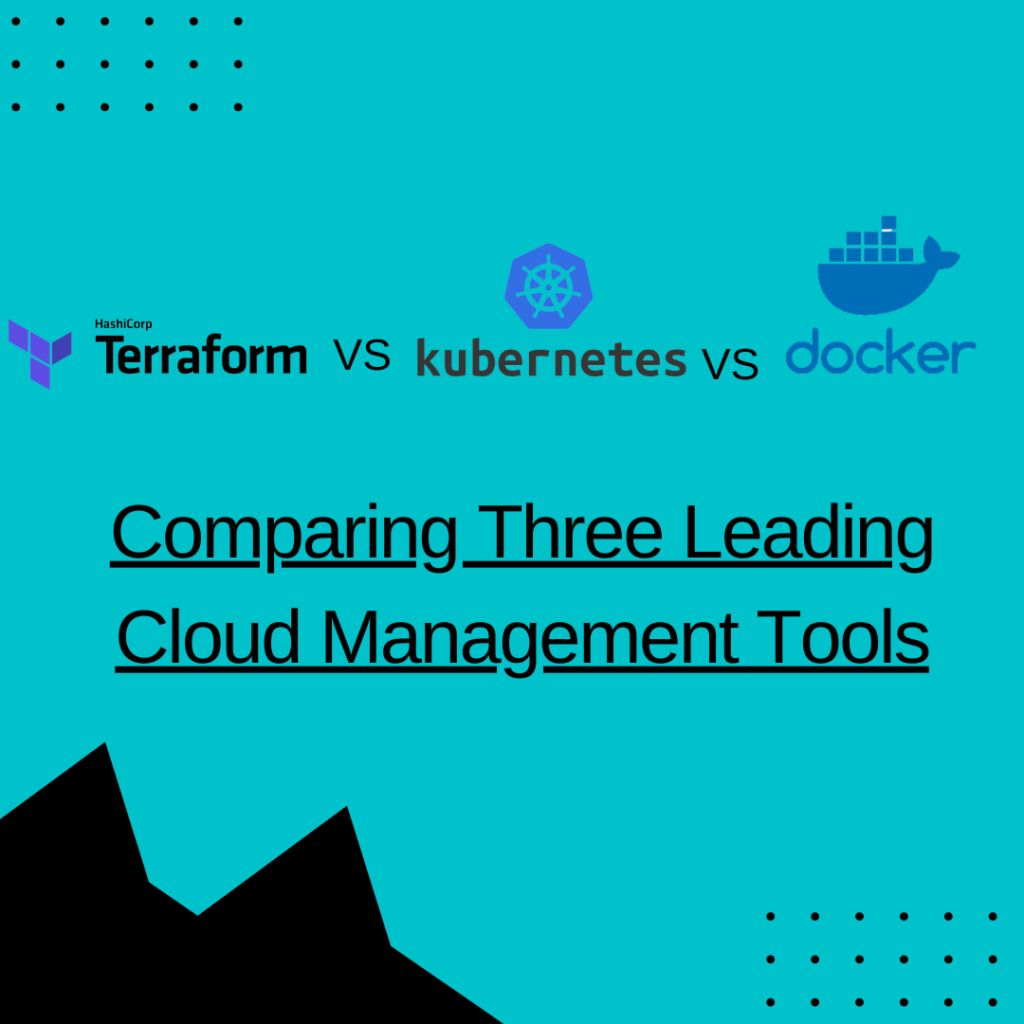Terraform vs. Kubernetes vs. Docker: Comparing Three Leading Cloud Management Tools
Terraform, Kubernetes, and Docker are all tools that are commonly used for managing and deploying applications in cloud environments. While they have some similarities, they also have some key differences that make them better suited for different types of tasks.
Terraform is an open-source infrastructure as code (IaC) tool that enables users to define and provision infrastructure resources through code. It can be used to manage resources on a wide range of cloud platforms, including AWS, Azure, and Google Cloud. Terraform is particularly useful for creating and managing infrastructure resources, such as virtual machines, networking components, and storage resources.
Kubernetes is an open-source container orchestration platform that enables users to deploy and manage containerized applications at scale. It allows users to define and deploy applications as a set of containers, which can be scaled up or down as needed. Kubernetes is particularly useful for managing and deploying applications that are made up of multiple containers, such as microservices architectures.
Docker is an open-source containerization platform that enables users to package and deploy applications as containers. It allows users to create lightweight, portable, and self-sufficient containers that can be easily run and scaled on any infrastructure. Docker is particularly useful for packaging and deploying applications that are made up of a single container.
In terms of how these tools compare, Terraform is primarily focused on infrastructure management, while Kubernetes and Docker are focused on container management and deployment. This means that Terraform is often used to set up the underlying infrastructure for an application, while Kubernetes and Docker are used to manage and deploy the actual application containers.
Overall, each of these tools has its own strengths and use cases. Terraform is a powerful and useful tool for managing and provisioning infrastructure resources, while Kubernetes and Docker are essential tools for managing and deploying containerized applications. The choice of which tool to use will depend on the specific needs and requirements of your organization.



